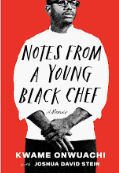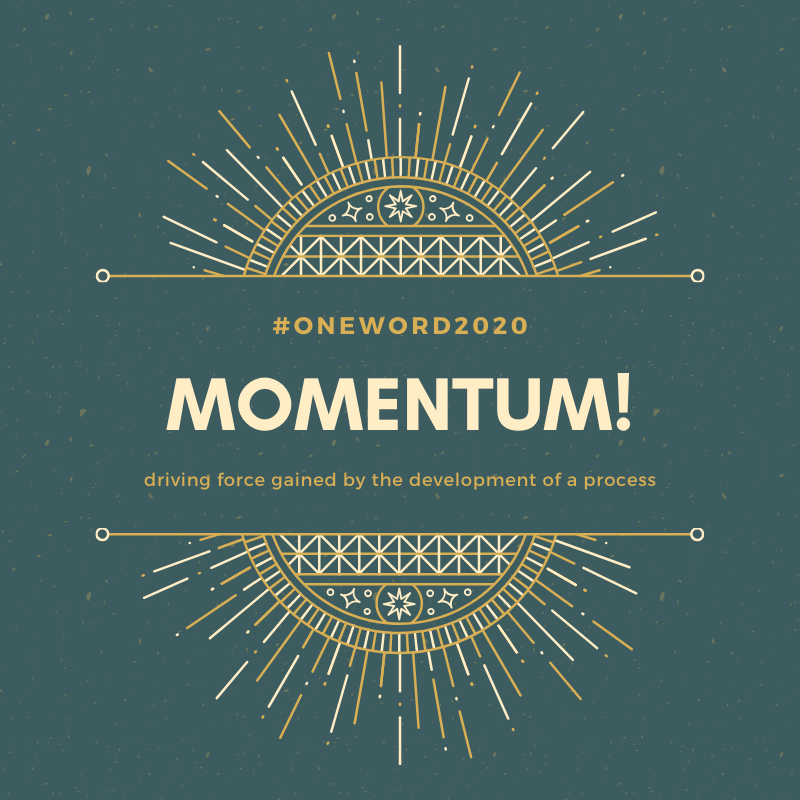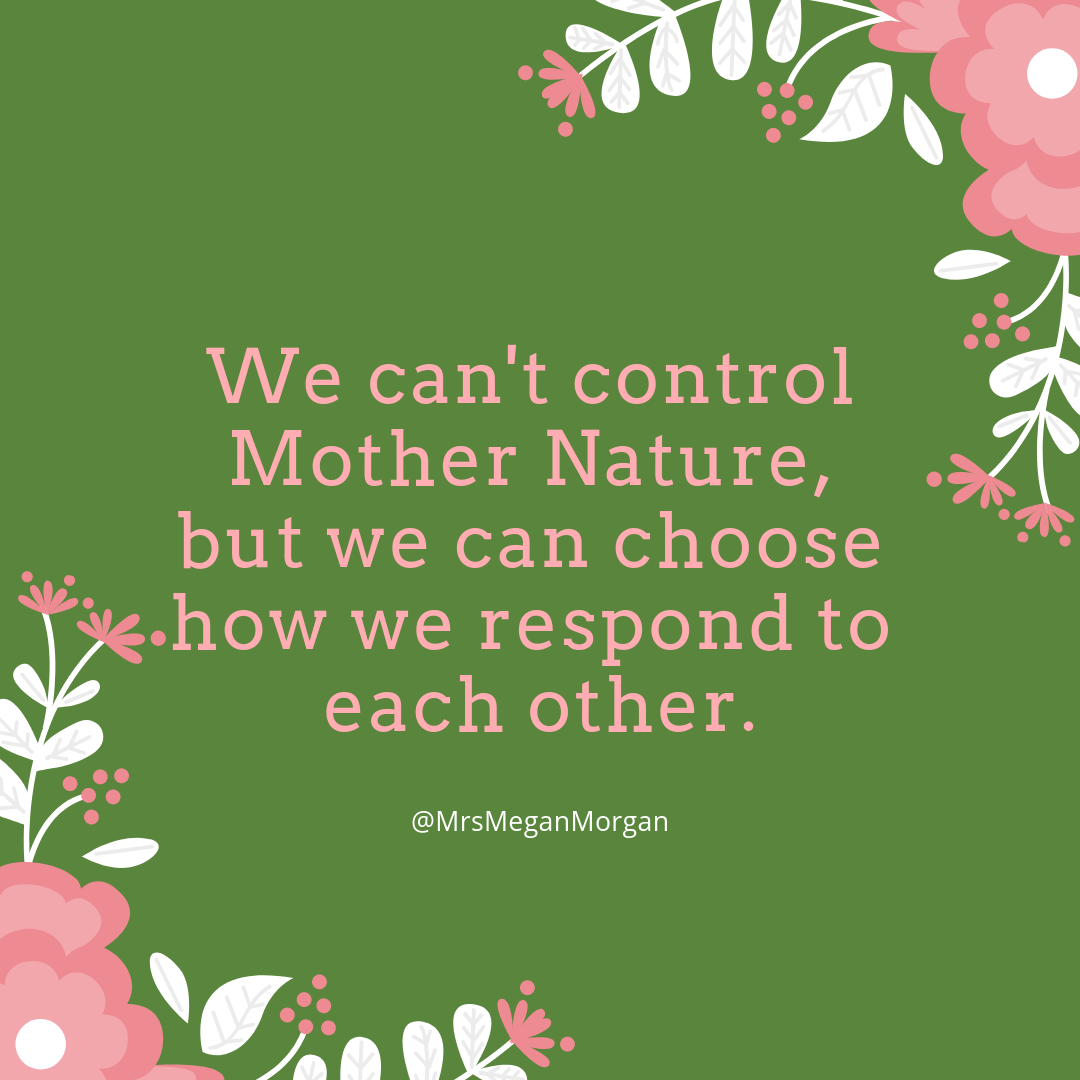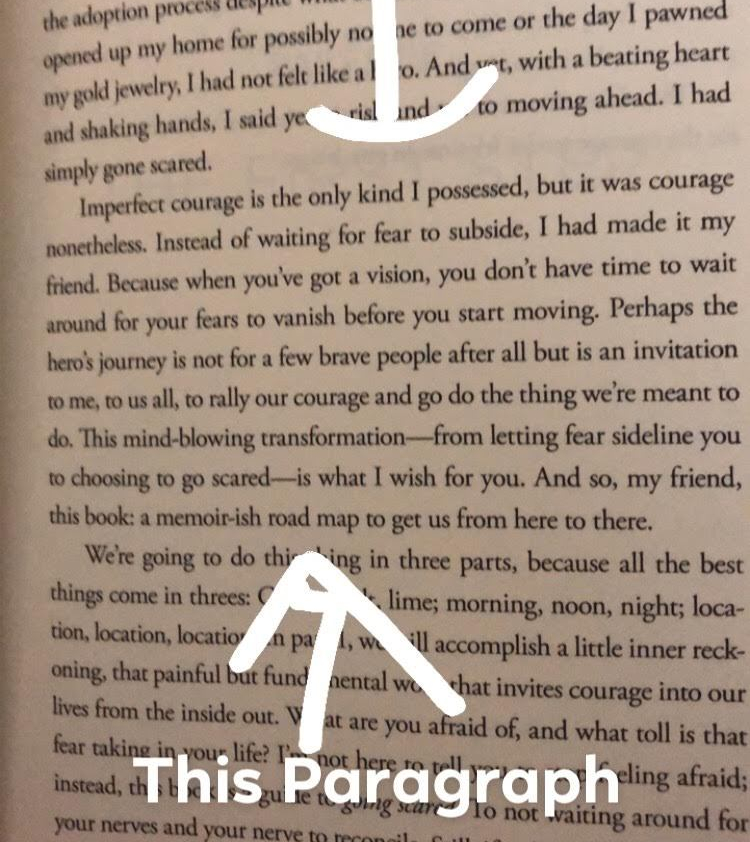For the past few years, I have done the One Word to focus my year. This year, I felt called to the phrase instead. In December, while doing my at-home workout, the Kosama instructor said, “Lift heavy! You can do it!” This stuck with me. In my notebook, I wrote this phrase and have pondered what it means to me. As I did this, I realized that I want to use this phrase this year. I did the work that was required last year to be able to lift heavy.
I am committing to lift heavy by:
- Speaking up when I see racial injustice because I spent last year reading and listening to understand. I know that a book club is not enough to change the world.
- Praying in a focused way because I cultivated time in prayer with others at the beginning of the year. I am grateful that I went on a retreat and did Exodus 90 before the pandemic began.
- Increasing my workout routine because I have created the habit of working out from home. My gym has done everything to reduce the excuses I have not to workout.
So how have I been doing so far? I am on day 36 of daily yoga practice, and I have worked out over 30 times. I have taken all of my push-ups from my toes. I have a structured prayer in the evening time and invited Jesus to my yoga mat. I have been journaling my habits and celebrating my successes.

As I continue the year, I know that when faced with a challenge. I need to do the work so I can lift heavy.
Previous Years Words:














